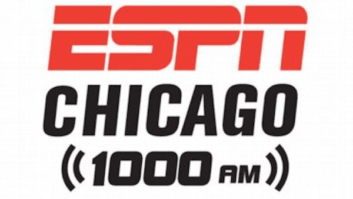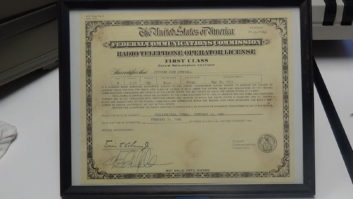Class of service
Nov 1, 2001 12:00 PM, By Skip Pizzi
When radio technologists think of signal quality, the first things that come to mind are frequency response, noise and distortion. By and large, progress in these areas has been something to be proud of throughout our careers, and the future looks likely to bring more of the same.
But can this also be said for the rest of the radio team? Is the quality of the content that our radio signals deliver tracking the same trend? While broadcast engineers have consistently done more with less, the content side seems to consistently do less with more. Consolidation has pushed profits up, but the variety and depth of material broadcast on the radio have not followed suit (at least on commercial radio � more on this in a moment).
Narrowing interests
Events of the recent past have made obvious the lack of in-depth news content. Anything besides network-provided headlines at the top of the hour is rare. Local news is already extinct in many markets, and unlike other media, no one has praised commercial radio for shining in the face of adversity lately. Following 9/11, the morning zoos barely took a day off, and soon went back to work with just a couple of new pincushions to poke. Perhaps this creates a sense of stability and comfort that helps some Americans get back to normal, but it’s a far cry from the call of public service that radio used to answer loudly.
In a longer view, commercial radio has essentially dropped the entire genre of classical music, along with the quintessential American art form of jazz. (For the few who may be unclear, the Smooth Jazz format does not replace jazz, but rather is the current incarnation of the Easy Listening format, which is itself another victim of recently narrowed offerings.) Even sports have become an endangered species, difficult to find or receive adequately in many cases. When they are heard, the quality of presenters is often second-tier, and the audio quality nearly telephonic.
The quest for maximized profit seems to have driven radio almost universally toward the lowest common denominator of content. While there’s nothing wrong with the motivation, the metric of audience size seems to have overwhelmed any other element of brand-building such as quality of service, community connection, local enterprise and good will. Those who live in major markets may not have experienced the full impact of this trend, but likely will, as those in smaller markets have for some time.
Migrating down the dial
Much of the content that has departed from the commercial band has found its way to public radio. This is ostensibly due to the different business model found there, in which such premium content motivates listeners to contribute voluntarily to defray stations’ expenses. Yet in recent years, public radio has been successful in developing its own form of advertiser support. (Referred to as underwriting, some consider these tantamount to low-key commercials, but in fact FCC regulations tightly control the content of these spots.)
Meanwhile, audience growth rates among public stations have lately far exceeded those of commercial radio, and although the aggregate numbers remain far smaller, public radio continues to attract desirable demographics. The graying of the boomers only adds strength to this enterprise. For this reason, many businesses now include a public radio buy as a prime component of their media portfolios.
A good analogy for this trend can be found in the travel business. The higher class of fare in the front cabin appeals to a small but affluent consumer sector, while the mainstream public flies coach. Extending the metaphor, the FM dial resembles an airline seat map, with most of the public stations inhabiting the small, reserved non-commercial band at the front end of the dial, and commercial stations filling up the bulk of the higher numbered rows behind. Moving down the dial is like walking up the aisle � except for the critically important distinctions that in an airplane all the seats are owned by the same operator, and in radio there is no shortage of seats in either cabin.
There are notable exceptions to these generalities, of course: Commercial radio still has its share of bright stars doing excellent work, and public radio still has plenty of rough edges. But the trend described here is inexorable, and given the exigencies of the current economy, it is unlikely that any reversal will occur. Coexistence will continue, but meanwhile, how many more listeners will choose to upgrade?












